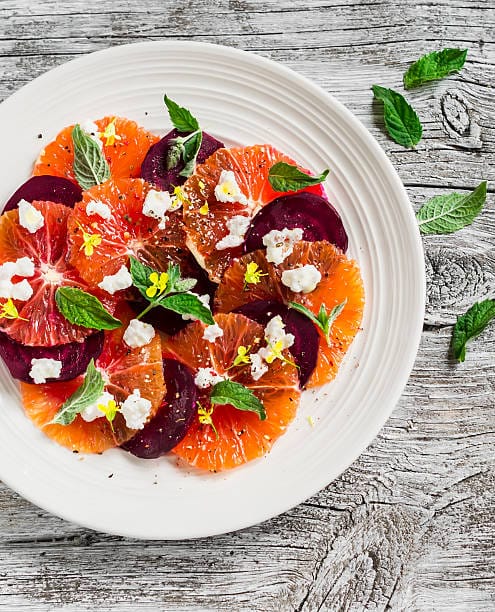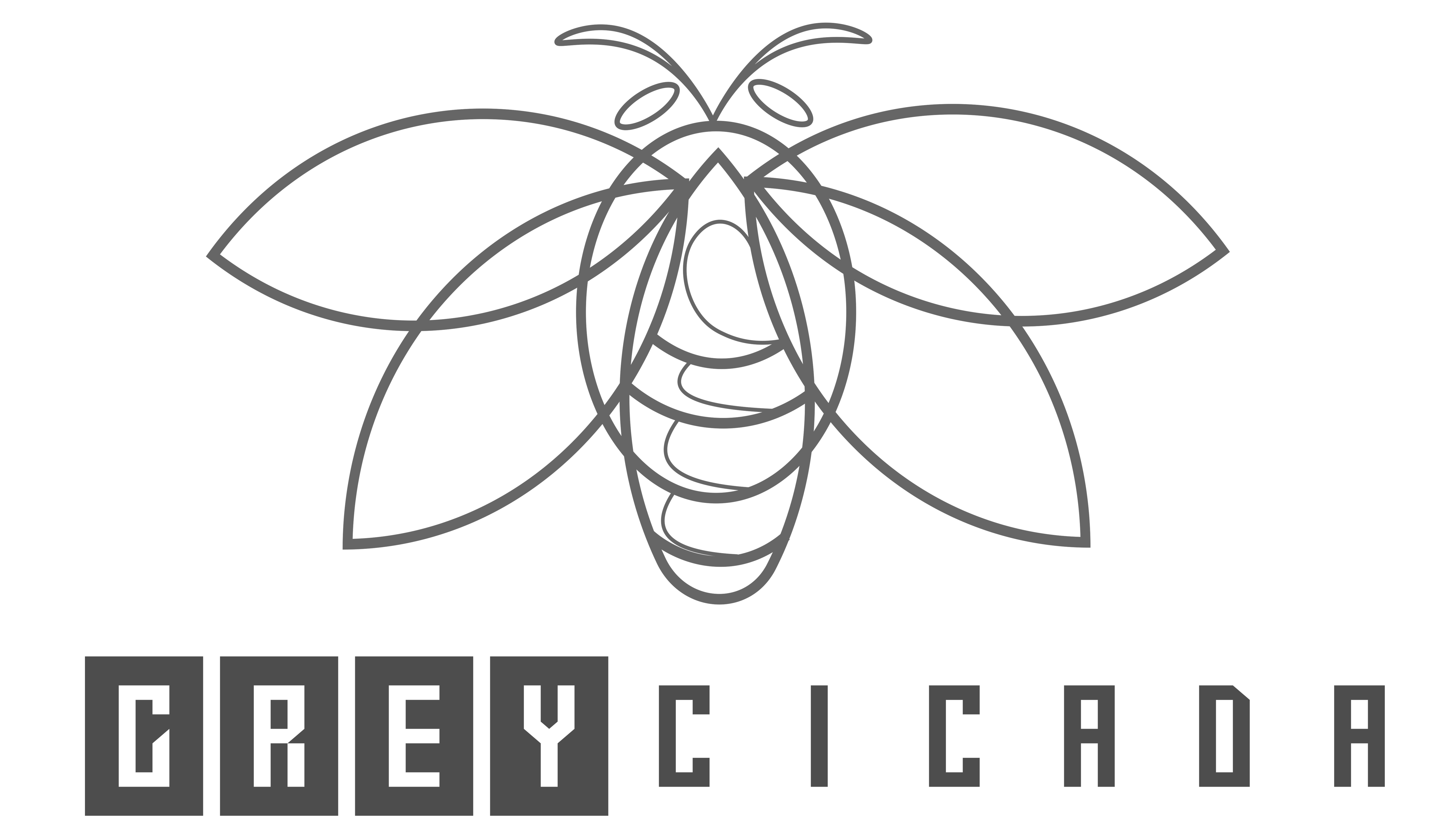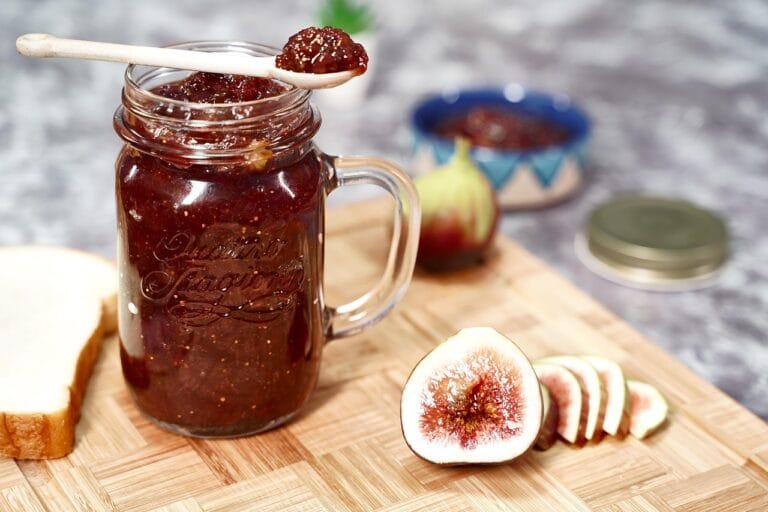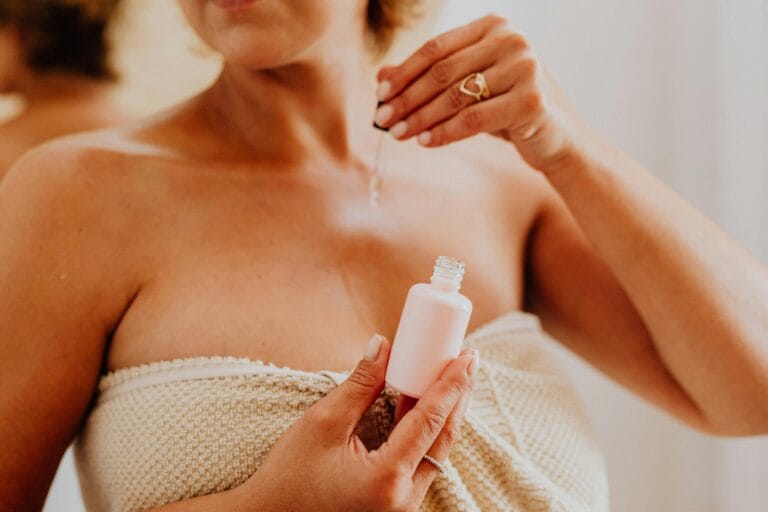FREE SHIPPING OVER $50
The 5 Surprising Nutrients You Need to Boost Collagen Production Naturally—#1 You Already Have in Your Kitchen
Maintaining youthful, radiant skin doesn’t always require expensive treatments or products. Often, the key to reducing wrinkles and keeping your skin healthy lies in your diet. Collagen, the protein responsible for skin elasticity and strength, can be boosted naturally through nutrient-rich foods. Let’s dive into the five surprising nutrients that can help enhance your collagen production, and the best part? The first one is likely already in your kitchen!
What is Collagen and Why is it Important?

Collagen is the most abundant protein in your body, providing structure to your skin, bones, tendons, and ligaments. As we age, our body’s natural collagen production declines, leading to wrinkles, sagging skin, and joint issues. Boosting collagen production is crucial for maintaining youthful skin and overall health.
1. Vitamin C
The Surprise in Your Kitchen: Citrus Fruits
Vitamin C is vital for collagen synthesis. It acts as a cofactor for enzymes involved in collagen production and also stabilizes the collagen molecule. Citrus fruits like oranges, lemons, and grapefruits are rich sources of this nutrient.
How to Include More Vitamin C in Your Diet:
- Fresh Orange Juice: Start your day with a glass of freshly squeezed orange juice.
- Citrus Salad: Combine segments of grapefruit, orange, and lemon with a drizzle of honey for a refreshing salad.
- Lemon Water: Add a slice of lemon to your water for a vitamin C boost.
Other Sources:
- Bell peppers
- Strawberries
- Kiwi
2. Proline
Essential for Collagen Synthesis
Proline is an amino acid that plays a significant role in collagen synthesis. It helps in stabilizing the collagen structure and ensuring its proper functioning. Proline can be found in high-protein foods.
How to Include More Proline in Your Diet:
- Egg Whites: Incorporate egg whites into your breakfast routine.
- Dairy Products: Enjoy cheese, yogurt, and milk.
- Meat and Poultry: Add lean cuts of meat and poultry to your meals.
Other Sources:
- Soy products
- Cabbage
- Mushrooms
3. Glycine
The Building Block of Collagen
Glycine is another amino acid essential for collagen production. It is the simplest amino acid and helps in the formation of collagen’s triple-helix structure. Glycine is abundantly found in animal products.
How to Include More Glycine in Your Diet:
- Bone Broth: Sip on nutrient-dense bone broth as a comforting beverage.
- Meat: Opt for cuts with connective tissue, like shank or brisket.
- Gelatin: Use gelatin powder in smoothies or homemade desserts.
Other Sources:
- Fish
- Spinach
- Kale
4. Copper
A Trace Mineral with Big Benefits
Copper plays a crucial role in the formation of red blood cells, absorption of iron, and maintenance of nerve cells and the immune system. It also aids in the cross-linking of collagen and elastin, providing strength and elasticity to connective tissues.
How to Include More Copper in Your Diet:
- Shellfish: Incorporate oysters, crab, and lobster into your diet.
- Seeds and Nuts: Snack on sunflower seeds, almonds, and cashews.
- Dark Chocolate: Enjoy a piece of dark chocolate as an indulgent treat.
Other Sources:
- Beans
- Whole grains
- Potatoes
5. Zinc
The Collagen Protector
Zinc is a mineral that helps in the synthesis of collagen and also serves as a cofactor for collagenase, an enzyme involved in collagen remodeling. Zinc’s antioxidant properties protect collagen from damage caused by free radicals.
How to Include More Zinc in Your Diet:
- Red Meat: Include beef, lamb, and pork in your meals.
- Shellfish: Enjoy a serving of oysters or crab.
- Legumes: Add chickpeas, lentils, and beans to your dishes.
Other Sources:
- Nuts and seeds
- Dairy products
- Eggs
The Science Behind Collagen Production
Understanding the science behind collagen production can provide insights into how these nutrients work together to keep your skin youthful. Collagen synthesis involves several steps and requires the presence of specific nutrients to facilitate the process.
- Collagen Biosynthesis: This process involves the conversion of precursor molecules into collagen fibers. Vitamin C acts as a cofactor, enabling the hydroxylation of proline and lysine, which are essential steps in collagen stabilization.
- Cross-Linking: Copper and zinc play crucial roles in the cross-linking of collagen fibers, ensuring their strength and stability.
- Antioxidant Protection: Nutrients like vitamin C and zinc offer antioxidant protection, safeguarding collagen from damage by free radicals.
Incorporating These Nutrients into Your Diet
Boosting collagen production naturally is as simple as making mindful choices about the foods you consume. Here’s a sample meal plan to help you incorporate these collagen-boosting nutrients into your diet:
Breakfast
- Fresh orange juice
- Spinach and mushroom omelet with egg whites
- Greek yogurt topped with strawberries
Lunch
- Grilled chicken salad with bell peppers, kale, and sunflower seeds
- Whole grain roll
Snack
- Handful of almonds
- Piece of dark chocolate
Dinner
- Bone broth soup
- Seared salmon with a side of steamed broccoli and quinoa
- Kiwi for dessert
Conclusion
Boosting collagen production doesn’t require expensive supplements or complicated routines. By incorporating these five surprising nutrients into your diet, you can naturally enhance your skin’s health and maintain its youthful appearance. Start by adding more vitamin C, proline, glycine, copper, and zinc-rich foods to your meals and enjoy the benefits of a radiant, age-defying complexion.
Related Articles
- The One Exercise Change That Transformed My Body After 40—Try This 3-Move Mobility Routine
- At 82, He’s Still Hitting the Gym—And Says This Diet Is the Reason
- Scientists Found 10 Ways to Reverse Aging After 50—Why Aren’t We All Doing This?
- The 3-Step Skincare Routine That Helped a 50-Year-Old Get Rid of Fine Lines



